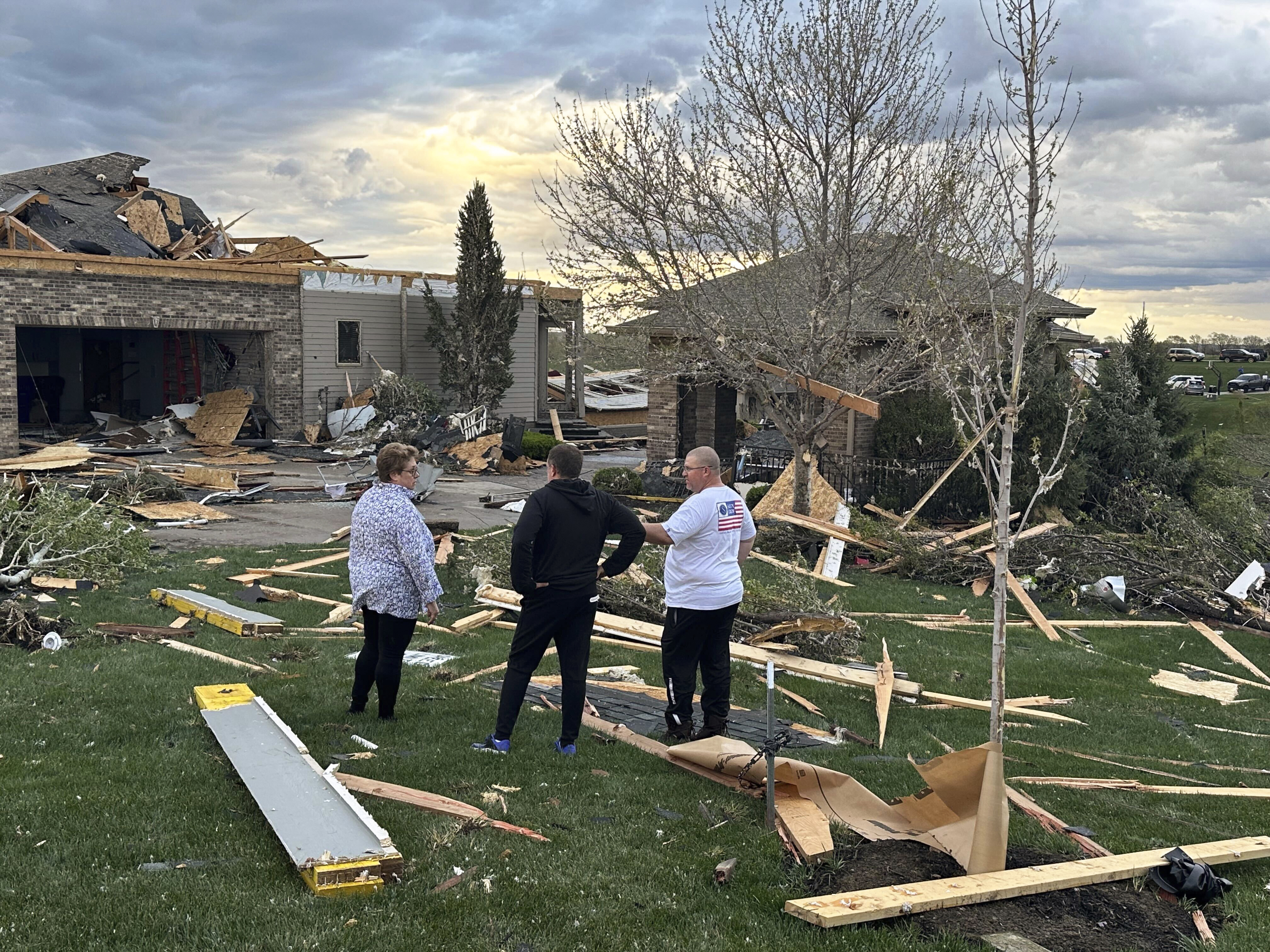As temperatures continue to rise across the United States, the risk of wildfires becomes a significant concern. If you are in an area that has been issued a red flag warning, it’s important to know what it is and what to do to avoid starting any fires.
Here’s what you should know about red flag warnings and safety measures to take to prevent fire incidents during hazardous conditions.
What is a red flag warning?
A red flag warning is an alert issued by the National Weather Service when a combination of very low humidity, warm temperatures and strong winds are expected to combine to cause fires to spread rapidly. The warning serves as a signal to officials and fire managers to be on the lookout for potential wildfires in the area.
Get Philly local news, weather forecasts, sports and entertainment stories to your inbox. Sign up for NBC Philadelphia newsletters.
When do red flag warnings occur?
Red flag warnings usually occur during the spring and fall months, but they can occur any time of the year. These warnings are triggered when a geographical area has been in a dry spell for a week or two, although in some cases, it may be shorter.
Criteria for a red flag warning
U.S. & World
Stories that affect your life across the U.S. and around the world.
The National Fire Danger Rating System (NFDRS) is high to extreme, and the following forecast weather parameters are forecasted:
Sustained Wind average: Winds of 15 mph or greater are expected.
Relative humidity: Humidity levels of less than or equal to 25 percent.
Temperature: When temperatures rise above 75 degrees Fahrenheit.
It’s important to note that each National Weather Service office across the U.S. may have additional local criteria for issuing red flag warnings based on the unique weather patterns and risks in their respective regions.
Before a red flag warning is issued, a fire watch may be in effect.
The National Weather Service offers these steps you can take to lower the risk of fires igniting and ensure your safety:
Never leave a fire unattended
Whether it’s a campfire, bonfire, grill or other type of outdoor fire, always make sure that someone is actively supervising the fire. Sparks or embers can easily ignite nearby grass or leaves, leading to a wildfire.
Once you’re done, make sure to fully extinguish the fire with plenty of water.
Properly dispose of cigarettes and matches
If you smoke, never throw cigarettes or matches outside of a moving vehicle, as they can ignite dry grass on the side of the road and start a wildfire. Ensure that all smoking materials are fully extinguished before disposing of them safely.
Avoid using machinery that can create sparks
During red flag conditions, it’s best to avoid using lawn mowers or any outdoor machinery that could create sparks and ignite fires.
By understanding the criteria for red flag warnings and following the National Weather Service’s safety guidelines, we take proactive steps to minimize the risk of fire incidents during hazardous conditions.
For more information on red flag warnings, please visit the National Weather Service website.



